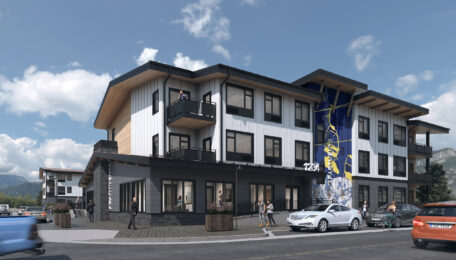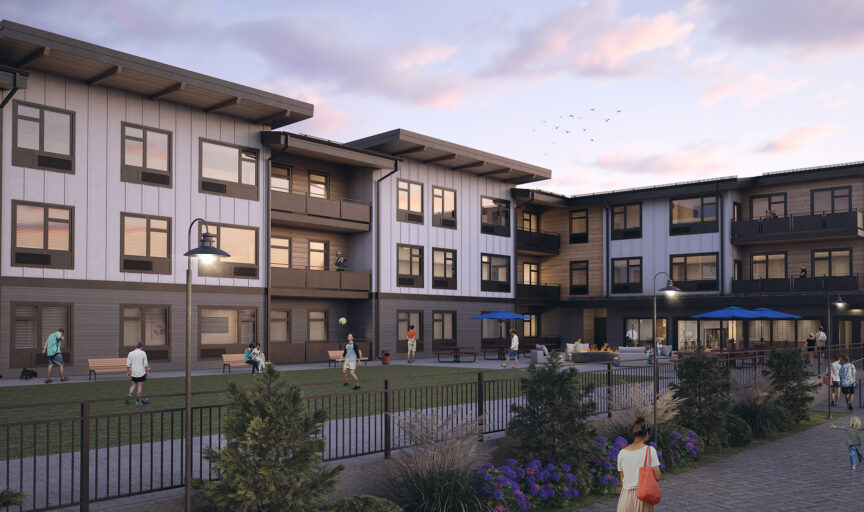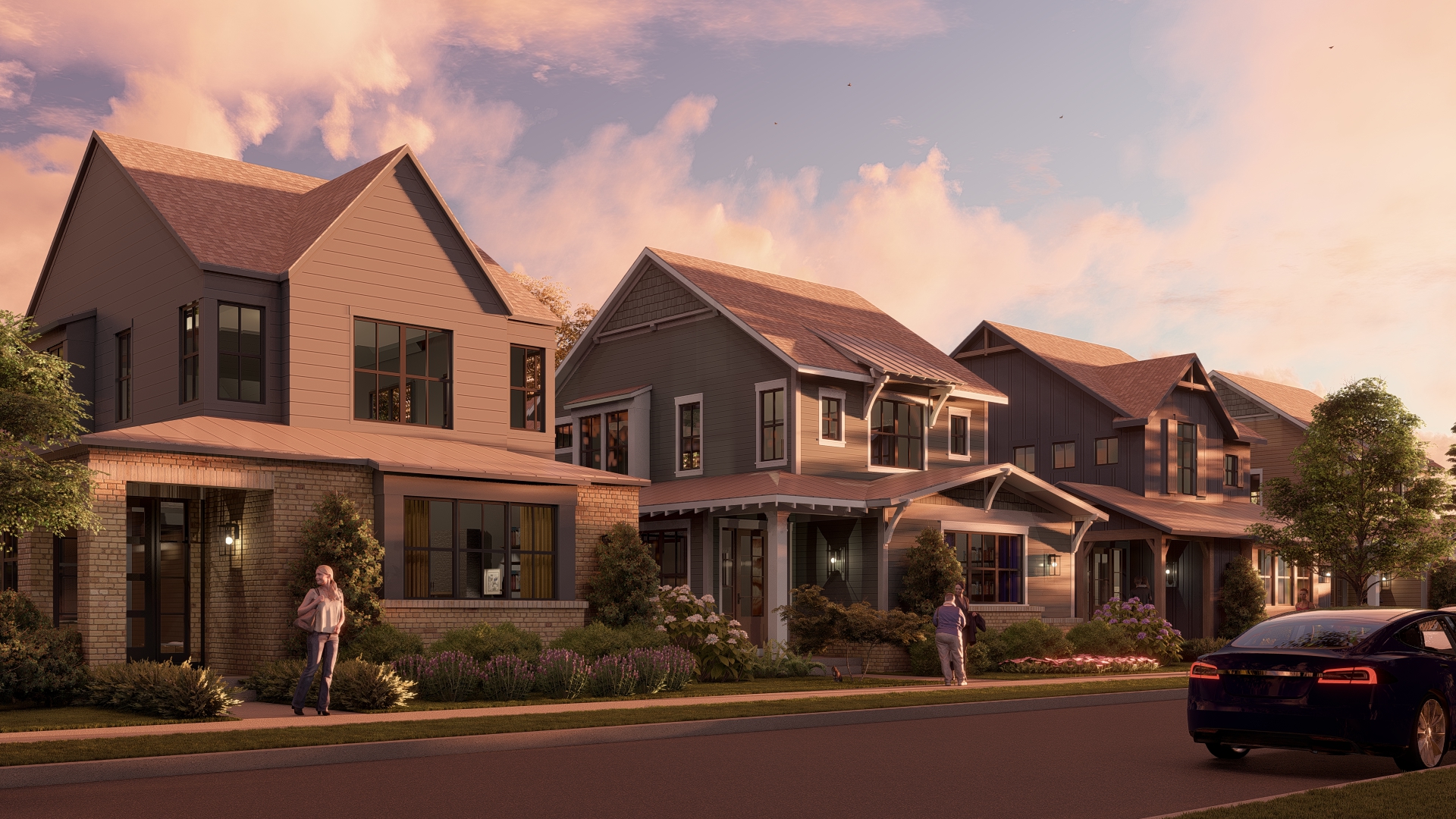Bridging the Gap for Quality, Affordable Homes
Originally posted September 12, 2024. Last updated May 20, 2025.
Addressing the issue of attainable housing is not simply providing people with a place to live—it is about creating communities where people can thrive. This type of housing, generally market-rate and historically achievable for those earning between 80% and 120% of the Area Median Income, aims for households to spend around 30% of their income on housing costs.
Affordable, quality homes are created by employing innovative financial and design strategies and fostering strategic partnerships among government agencies, developers, and community organizations. Addressing misconceptions through education and streamlining regulatory processes can provide broad-based community support. These crucial steps pave a pathway for an increased supply of attainable housing, ultimately enhancing the quality of life for many individuals and families.
Strategic Partnerships
To provide housing for median wage earners, attainable housing may not be directly subsidized or restricted, but government intervention may still encourage the attainable housing supply through incentives, modified development regulations, and housing ordinances. Strategic partnerships between governing agencies, public utilities, capital partners, potential employers (schools, universities, hospitals, etc.), developers, builders, architects, and engineers can address financial and developmental restriction hurdles.

Key Financial Structures
Alternative funding strategies, subsidies, and incentives; alternative sales and rental models; and strategies to reduce development and building costs can help make housing more affordable and accessible to everyone. By exploring these different options, policymakers, developers, and community organizations can work together to create more affordable housing solutions for the people who need them most.
We all have a role in creating attainable housing with a sense of place. Let’s work together to advocate for policies and investments that support this type of housing.
Innovative Design
A perceived concession in the quality of neighborhood and home design is often a barrier to attainable housing. However, attainable housing does not equal poor design or execution. Municipalities can incorporate it in a way that enhances their reputation. Integrating these projects into planned neighborhoods rather than subjugating them into separate developments will not negatively impact adjacent market-rate residential or commercial uses. Furthermore, quality home design speaks to the value, dignity, and humanity in supplying homes to all within our communities.
Education + Communication
Education and communication are the keys to tackling misconceptions, overcoming the lack of trust, and attempts to block attainable housing from development. Attainable housing is a critical need for many people in our communities and shouldn’t serve as a talking point between the “haves” and the “have-nots” of home ownership. We can build community trust and support by addressing misconceptions, understanding different perspectives, and communicating real needs. One of the most important steps in tackling misconceptions about attainable housing is to develop clear and concise messaging for what attainable housing is and who it is for—this messaging should be tailored to different audiences, including the public, municipal officials, builders, developers, and community members.
Streamline Regulations
The regulatory process for approvals often stymies bringing attainable housing to the market. Setting a baseline of regulatory consistency across regions, states, or municipalities within a state would go a long way in eliminating cumbersome inefficiencies and inequity. Galvanizing political will to make attainable neighborhoods a constant in the housing supply, will affect zoning, utilities, and development criteria to offer feasibility and an efficient process. Simplifying the regulatory process, empowering political will, and clarifying expectations will help increase the supply and make it more accessible to people who need it.
In short?
Creating attainable housing requires a collective effort from all stakeholders, including policymakers, developers, and community members. We can overcome barriers and misconceptions by advocating for policies that support affordable housing, leveraging strategic partnerships, and prioritizing innovative design and communication. Streamlining regulations and fostering political will are essential to making attainable housing a consistent and accessible part of our communities. Together, we can build neighborhoods where everyone can thrive, ensuring that quality housing is not just a dream but a reality for all.
For a deeper dive into these solutions, subscribe now to be notified when we post next!




 BACK TO BLOG
BACK TO BLOG